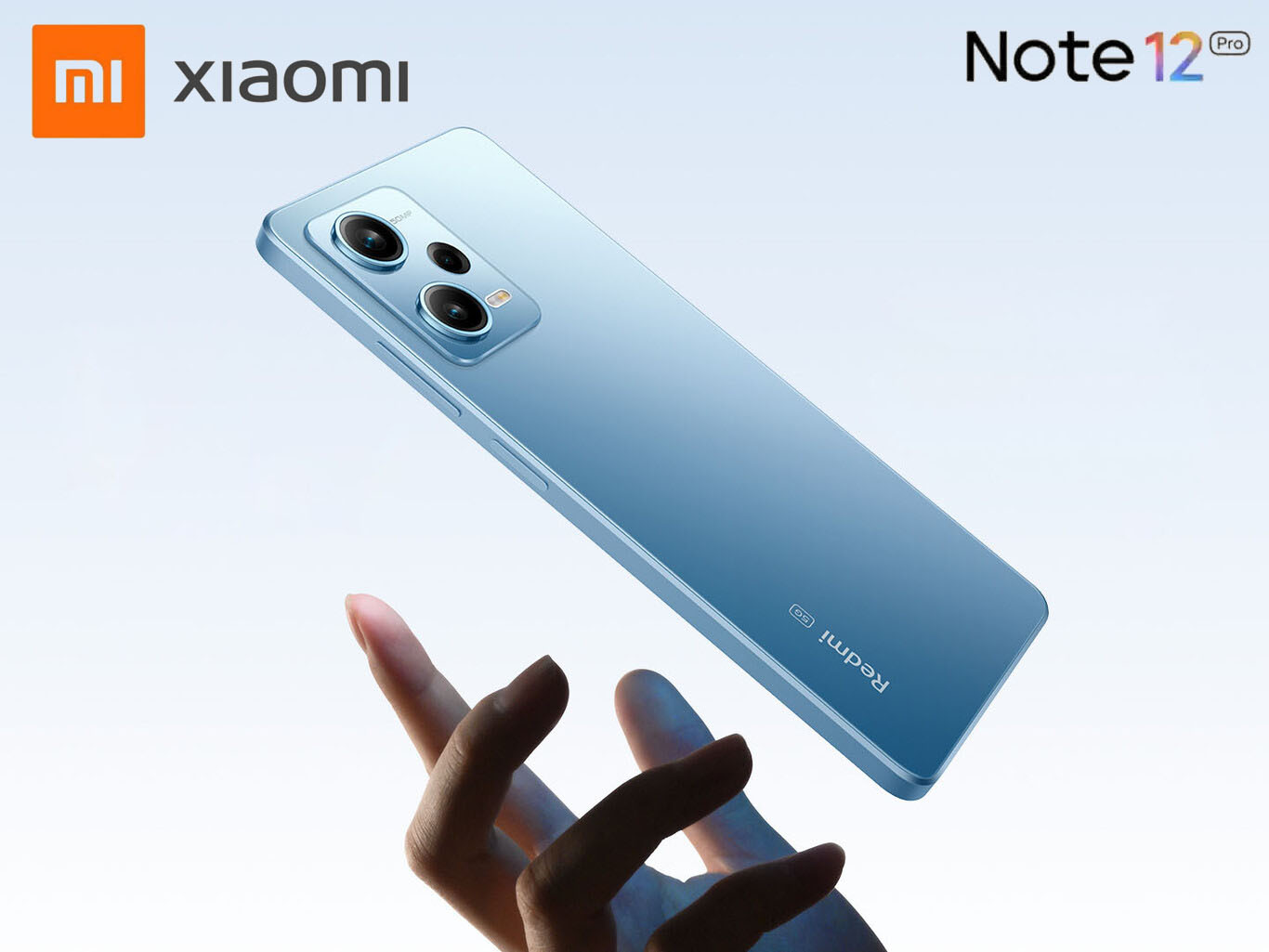If you’re experiencing issues with your Xiaomi Redmi Note 12, a reset may be the solution. Depending on the transpiring issue, you may need to carry out a soft reset or master reset on your device. A hard reset (factory reset) is often deemed as the last resort, as it will erase all personal data and restore the device to its original factory settings.
In this guide, we’ll show you how to perform both a soft reset and a hard reset on a Xiaomi Redmi Note 12 smartphone.
Types of Resets
There are two types of resets that you can perform on your Xiaomi Redmi Note 12 smartphone namely a soft reset and a hard reset (master reset).
What is a soft reset?
A soft reset is a simple restart of a device, which is performed by turning the device off and then turning it back on again. It is a basic troubleshooting step that can help resolve minor software issues. A soft reset does not erase any personal data or change the device’s configuration.
Steps to perform a soft reset on Xiaomi Redmi Note 12
A soft reset is a restart of your device and can be performed by following these steps:
- Press and hold the Power button until the options appear.
- Tap Restart.
- Confirm the action by tapping Restart again.
It’s basically just turning the phone off and back on again.
What is a hard reset/master reset?
On the other hand, a hard reset is a more drastic solution that erases all personal data and restores the device to its original factory settings. This is typically done to resolve serious software issues or to prepare a device for resale.
A hard reset is a more drastic solution and will erase all personal data and restore your device to its original factory settings. That said, it’s important to back up any important data you have on your device before proceeding.
Steps to hard reset a Xiaomi Redmi Note 12
To perform a hard reset, follow these steps:
- Turn off your device.
- Press and hold the Power button and Volume Up button until the Xiaomi/MIUI logo appears.
- Release the buttons and wait for the device to enter the Recovery mode.
- Use the Volume buttons to navigate to the Wipe data option and confirm the action by tapping the Power button.
- Navigate to the Reboot system option and confirm the action by tapping the Power button.
The above procedure is applicable when performing a master reset or factory reset on a Xiaomi phone that’s not responding or frozen.
Master reset/Factory reset via Settings
To resolve fatal system issues with a master reset on a responsive or functional Xiaomi phone, you will need to do it through the Settings app.
Here are the steps to perform a factory reset on the Xiaomi Redmi Note 12 via the settings menu:
- Go to the device’s Settings menu.
- Scroll down and tap on “System.”
- Tap on “Reset.”
- Tap on “Factory data reset.“
- Read the warning message carefully and then tap on “Reset device.”
- Enter your device password or PIN, if prompted.
- Tap on “Erase everything.”
Note:
- This process will erase all personal data, including installed apps, contacts, images, and other data stored on the device. It is recommended to back up any important data before performing a factory reset.
- Actual screens and menu options may vary between software versions and carriers.
Importance of a Soft/Hard Reset
Resetting your Xiaomi Redmi Note 12 can be a helpful solution for resolving any issues you’re experiencing with your device.
A factory reset on a device like the Xiaomi Redmi Note 12 can help address a variety of software issues, including the following:
- Slow performance – If your device is running slowly or taking a long time to respond, a factory reset may help improve its performance.
- Freezing or crashing – If your device is frequently freezing or crashing, a factory reset can resolve these issues.
- Error messages – If you are encountering error messages or other software issues, a factory reset may help resolve the problem.
- Malware or viruses – If your device has been infected with malware or viruses, a factory reset can help remove the threat and restore your device to a secure state.
- Bloated software – Over time, devices can become cluttered with unused apps and data, which can slow down performance. A factory reset can help free up space and restore your device to a leaner, faster state.
Whether you choose a soft reset or a hard reset, make sure to back up your important data before proceeding.

